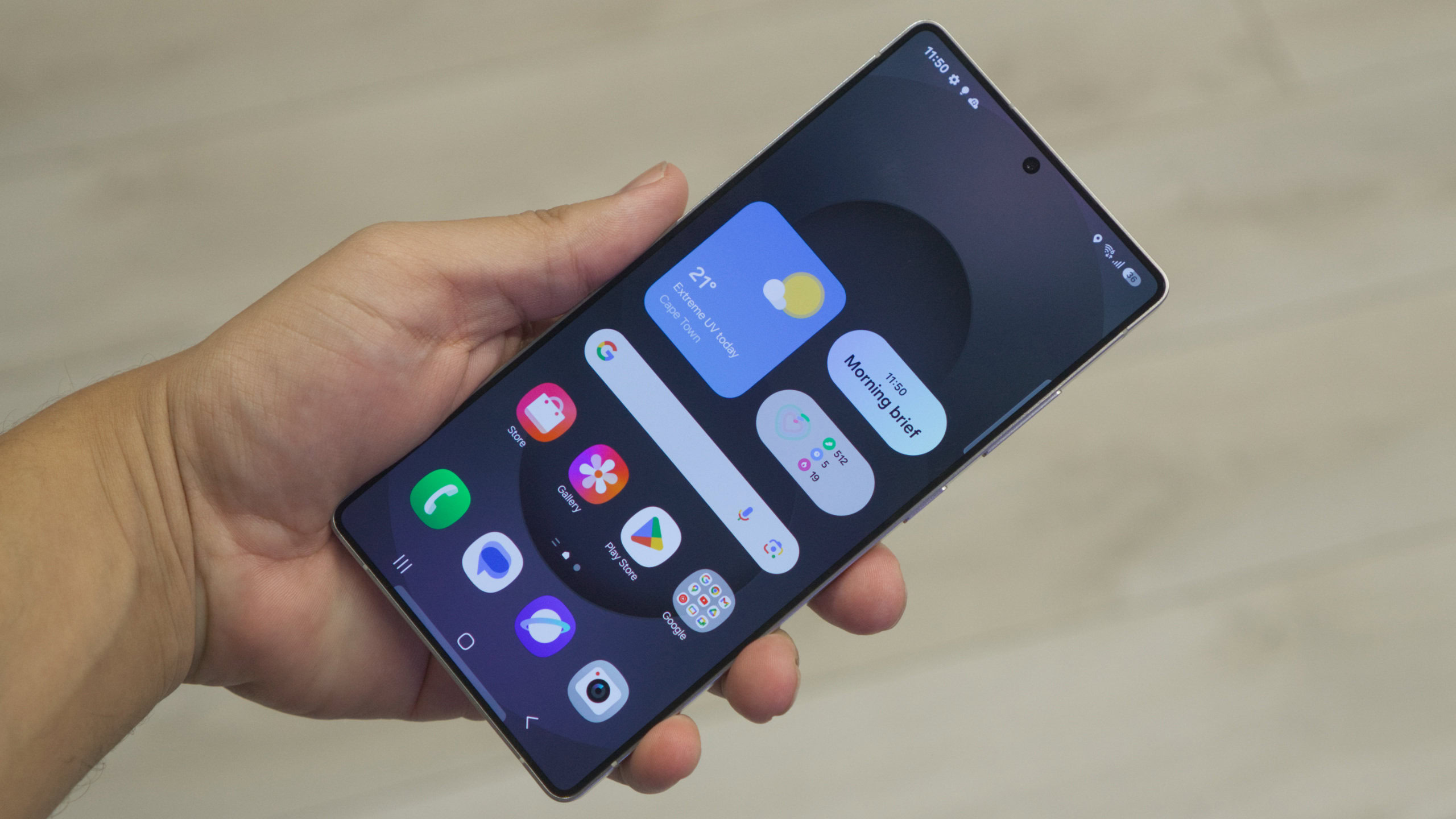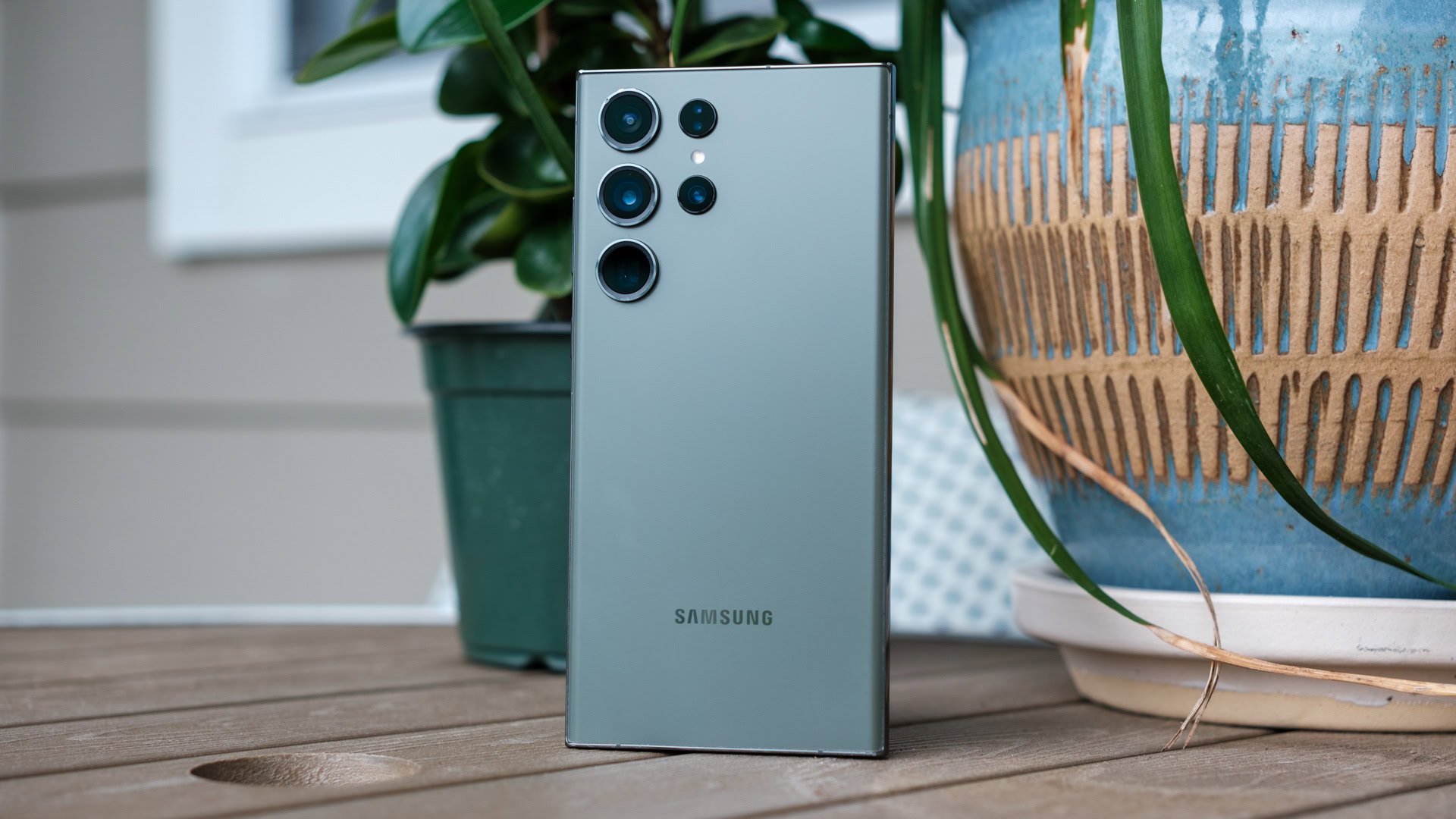With cutting-edge specifications and a price tag to match, Samsung’s Galaxy S Ultra line represents the gold standard of Android smartphones. This year’s Galaxy S25 Ultra delivers on both of those counts, as expected, but does it offer enough to entice long-time fans of the series to upgrade? Compared to the S23 Ultra from only two generations ago, should you move up to the S25 Ultra?
While we’re still testing the Galaxy S25 Ultra for our full Android Authority review, I’ve already made up my mind on whether upgrading this generation makes sense or not. Here’s why.

Samsung Galaxy S23 Ultra
New 200MP main camera
Beautiful display
S Pen functionality
Samsung’s Ultra flagship has made big strides

Hadlee Simons / Android Authority
While Samsung hasn’t paid much attention to the regular Galaxy S25 and S25 Plus models this year, I’m happy to report that the S25 Ultra brings at least a handful of improvements over its predecessors.
Starting with the design, the S25 Ultra no longer seems as intimidating to hold as it has completely done away with the line’s hard corners and curved display. It’s easy to tell that the new phone won’t dig into my palm and this is a big relief coming from an older model like the S23 Ultra. The S25 Ultra’s flat display will also translate to less glare in bright environments and better durability, but more on these aspects later.
Moving on to the phone’s internals, the S25 Ultra packs Qualcomm’s latest and greatest Snapdragon 8 Elite. The phone is a decent step-up from the Snapdragon 8 Gen 2 in the S23 Ultra. However, it’s only a difference you’ll notice if you routinely push your phone to its limits with video editing and similarly intensive tasks. The S25 Ultra’s base storage model does get an extra 4GB of RAM, though, which could make a big difference insofar as supporting future software features like Samsung’s Galaxy AI suite. I wouldn’t base an upgrade based on these performance aspects alone, but they’re welcome bonuses.
In addition to the tapered corners, the display has also managed to get slightly larger on the S25 Ultra and will appear significantly brighter coming from an older flagship like the S23 Ultra.

Hadlee Simons / Android Authority
Above the display, you’ll find that the S25 Ultra has adopted Corning’s second-generation Gorilla Glass Armor protection. Samsung told us that it processed fewer screen-related repairs on the last-gen S24 Ultra, which was the first smartphone to adopt Gorilla Glass Armor. This second-generation version is even more durable. The S25 Ultra also carries forward the anti-reflection coating we saw on last year’s flagship. This makes the phone much more usable in bright environments like direct sunlight and provides almost enough reason for me to consider buying into Samsung’s Ultra line.
Samsung Galaxy S25 Ultra vs S23 Ultra: Will you upgrade?
2 votes
While the primary camera hasn’t seen any major changes between generations, Samsung has changed other sensors over the past couple of years. With last year’s S24 Ultra, the company confusingly swapped the 10MP 10x periscope lens for a 50MP 5x shooter instead — essentially trading some optical zoom for resolution. This worked out well enough thanks to some clever software processing, though, and has carried over to the S25 Ultra this generation.
As for what’s brand new this time around, the ultrawide sensor has been upgraded from a diminutive 12MP to a whopping 50MP. Besides delivering much more detail as you’d expect, it also has a knock-on effect of substantially improving macro shots since they rely entirely on a crop of the ultrawide sensor.
The Galaxy S25 Ultra is significantly more durable than its predecessors.
Circling back to design and durability, the Galaxy S23 Ultra was the final phone in the series to use an aluminum mid-frame. The S25 Ultra boasts a titanium construction and has allowed Samsung to whittle down the weight to a much more manageable 218g. This is a significant difference most people will immediately notice when picking up the Galaxy S25 Ultra. It also helps that the titanium is more durable.
All of this talk of durability leads us into software support, where the S25 Ultra has a big step up over its two-year-old predecessor. Samsung now offers seven years of software updates on the S25 family vs. four years on the Galaxy S24. This puts an earlier expiration date, although it doesn’t matter much for existing owners who can still wait a year or two before upgrading.
The S23 Ultra still has life left

Damien Wilde / Android Authority
A handful of cool hardware improvements aside, I have to admit the Galaxy S25 Ultra hasn’t rendered the S23 Ultra obsolete or unusable. Not just that, the S23 Ultra still retains a few advantages over the latest flagship. Take the series’ signature S Pen, for instance. Samsung has inexplicably done away with Bluetooth connectivity this generation, which has been a mainstay since the Galaxy Note 9 added it all the way back in 2019. I enjoyed using it as a remote shutter for selfies, so I’m a bit disappointed to see the feature dropped.
The periscope lens dropping to 5x optical zoom is also technically a downgrade on the newer phone, but few people ever need to zoom in all the way to 10x anyway. Finally, the lack of a curved display may come across as a disappointment to some that actually prefer it given that precious few other phones now include this once-premium feature.
In my opinion, Samsung also hasn’t paid enough attention to certain aspects of the Ultra series over the years, which has kept the S23 series relevant for longer than we’d have expected. The battery size has remained stagnant even two years later, for instance, and fast charging hasn’t improved either. And while we were once hopeful that the S25 would natively support Qi2 charging, Samsung hasn’t even baked magnets into its official cases. A robust accessory ecosystem would certainly tempt me to upgrade instead of waiting for the next generation.
Samsung Galaxy S25 Ultra vs S23 Ultra: Is upgrading worth it?

Ryan Haines / Android Authority
Barring a deep discount or Samsung’s admittedly frequent and generous trade-in offers, I personally cannot justify upgrading given the rather incremental changes on offer. The Galaxy S23 Ultra has aged very well, in my opinion, and will continue to get software updates for a while longer. It’s also worth noting that the Galaxy S25 Ultra costs $100 more than the S23 Ultra did at launch, which brings the total to $1,299. And if you’re buying one of the best phones on the market, you may need extra storage, too.
With all of that in mind then, here’s a rundown on who should consider upgrading from the S23 Ultra to the S25 Ultra and who should perhaps wait a while longer:
- You should only upgrade to the Galaxy S25 Ultra if you care about the lighter weight, increased durability, and better performance vs the S23 Ultra.
- The S23 Ultra will continue to receive software updates, so it makes financial sense to wait another year or two before upgrading.
- However, I’d recommend keeping an eye on trade-in values as Samsung phones tend to go on sale quite often. You may find that an upgrade is possible for just a few hundred dollars.
Have you made up your mind about upgrading to the Galaxy S25 Ultra yet? Let us know in the poll above.









